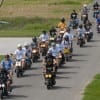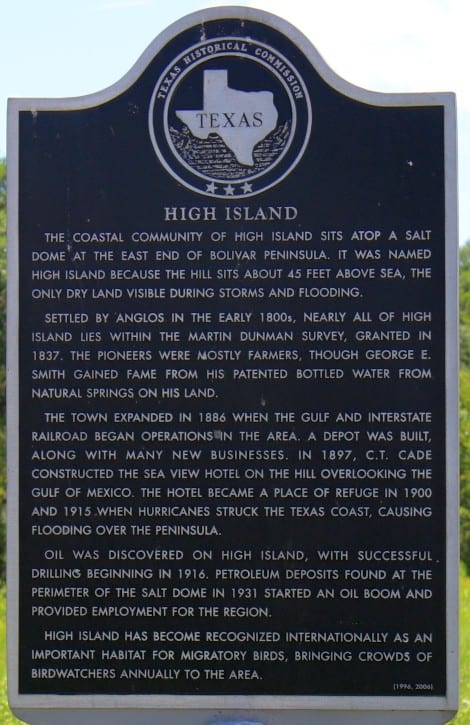
The coastal community of High Island sits atop a salt dome at the east end of Bolivar Peninsula. It was named High Island because the hill sits about 45 feet above sea, the only dry land visible during storms and flooding.
Settled by Anglos in the early 1800s, nearly all of High Island lies within the Martin Dunman Survey, granted in 1837. The pioneers were mostly farmers, though George E. Smith gained fame from his patented bottled water from natural springs on his land.
The town expanded in 1886 when the Gulf and Interstate Railroad began operations in the area. A depot was built, along with many new businesses. In 1897 C. T. Cade constructed the Sea View Hotel on the hill overlooking the Gulf of Mexico. The hotel became a place of refuge in 1900 and 1915 when hurricanes struck the Texas Coast, causing flooding over the peninsula.
Oil was discovered on High Island, with successful drilling beginning in 1916. Petroleum deposits found at the perimeter of the salt dome in 1931 started an oil boom, and provided employment for the region.
High Island has become recognized internationally as an important habitat for migratory birds, bringing crowds of bird-watchers annually to the area.

 Posted in
Posted in 
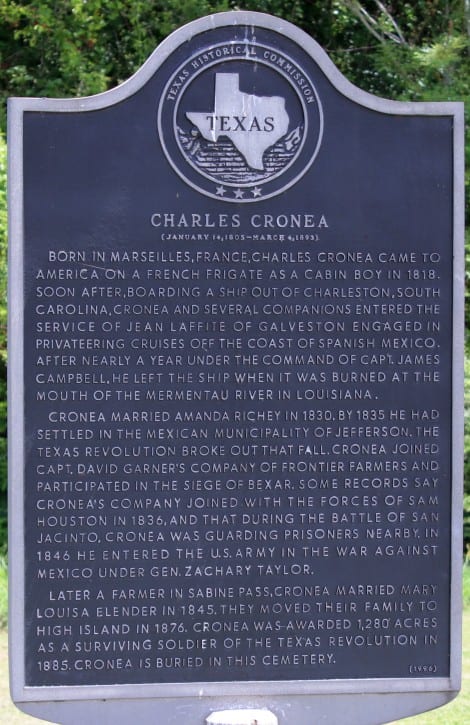
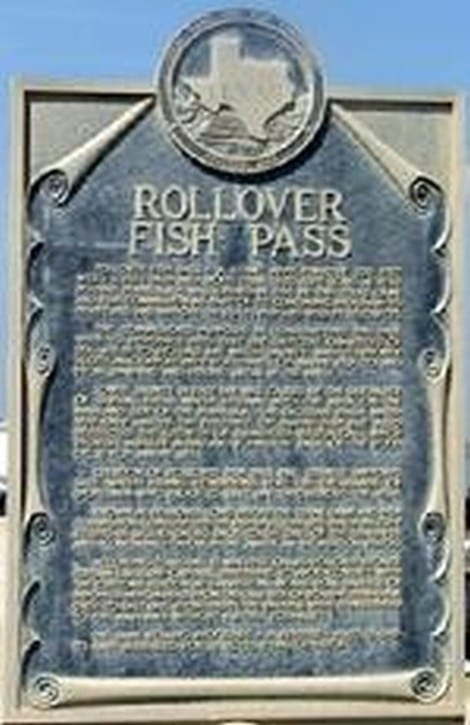
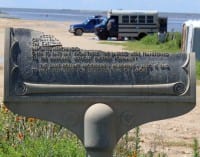
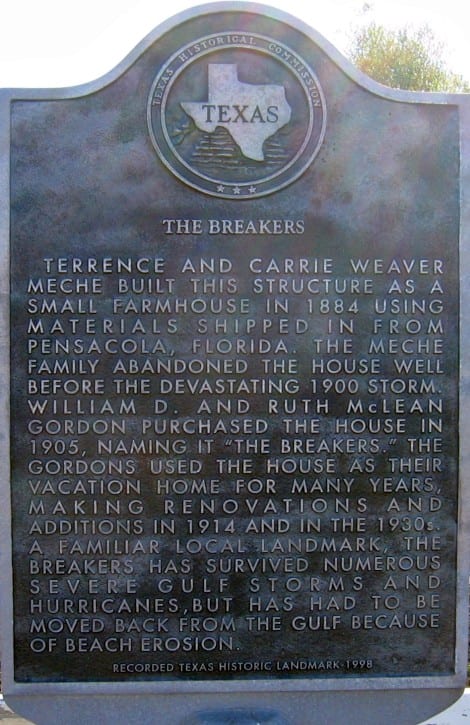
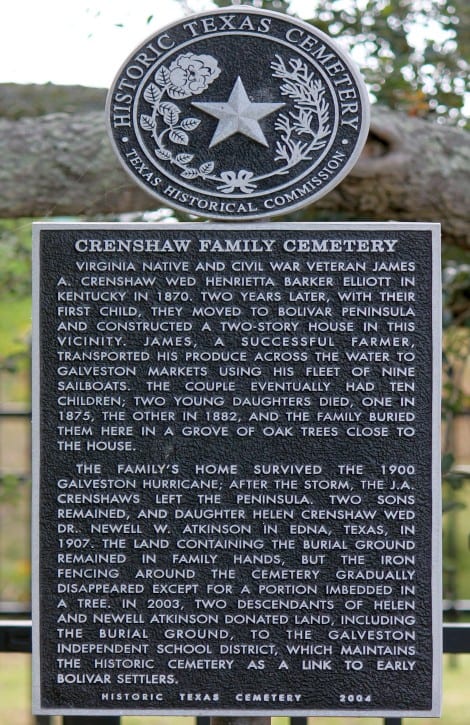
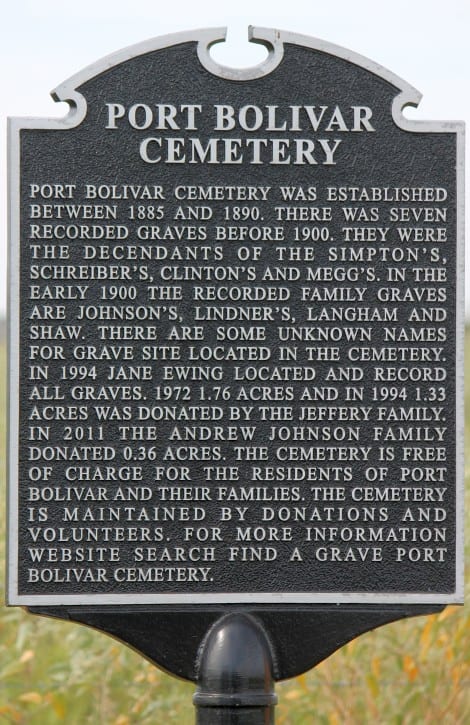
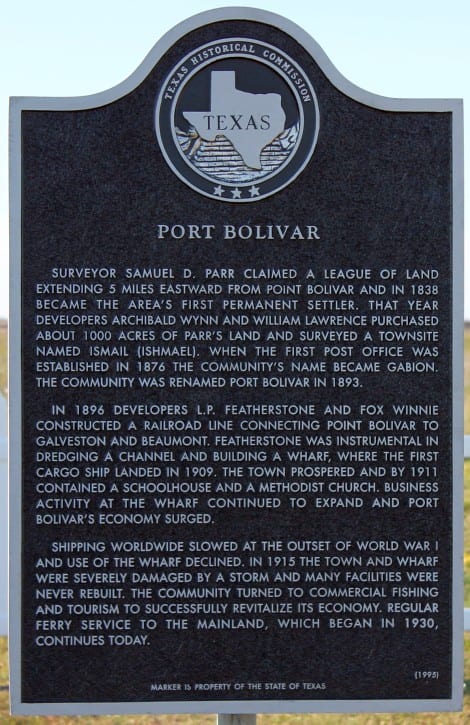
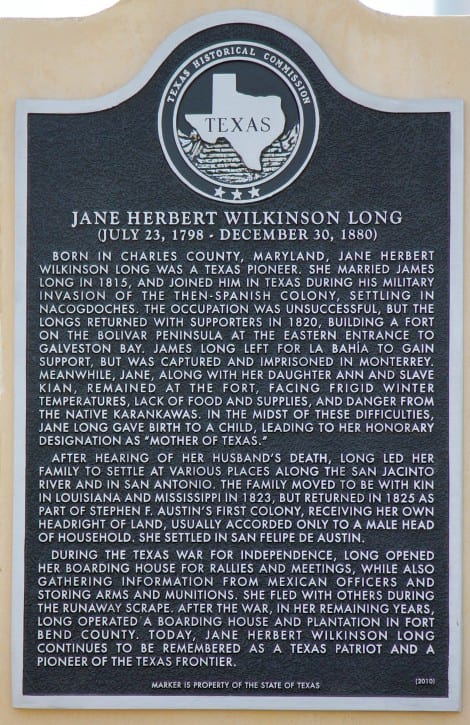
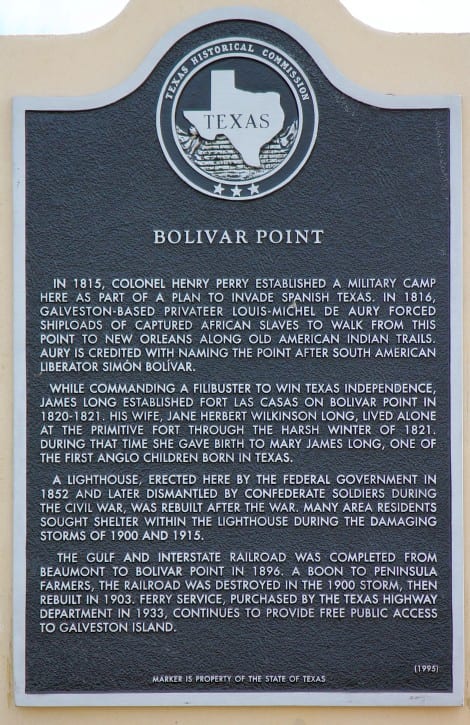
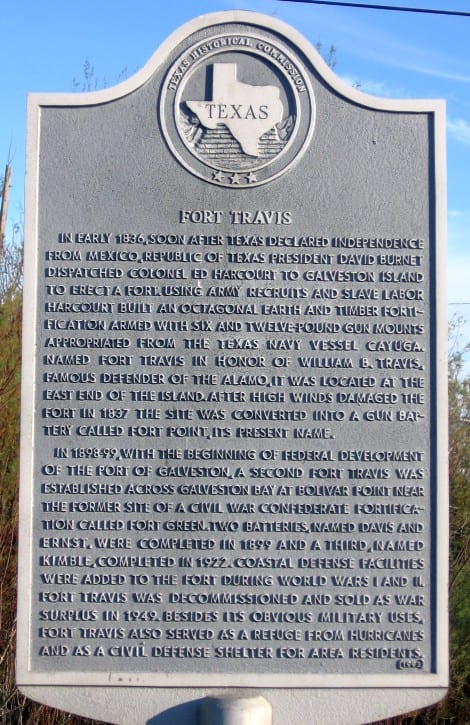
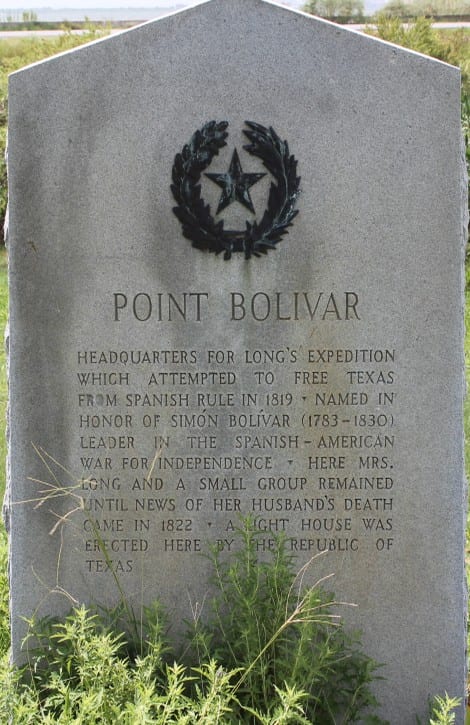
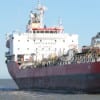 We see them all over, especially when riding the Bolivar Ferry. Ever wonder where they’ve been or where they’re going? Or what they may be carrying? With a couple clicks, you can find out. Next time you’re riding the ferry, snap a photo or write down the name of the ships you see along the way. Then go to
We see them all over, especially when riding the Bolivar Ferry. Ever wonder where they’ve been or where they’re going? Or what they may be carrying? With a couple clicks, you can find out. Next time you’re riding the ferry, snap a photo or write down the name of the ships you see along the way. Then go to 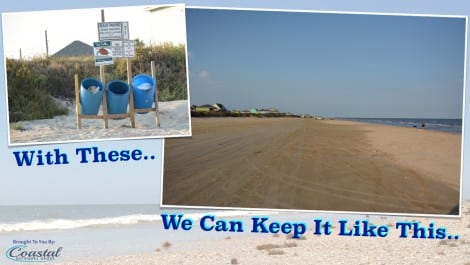
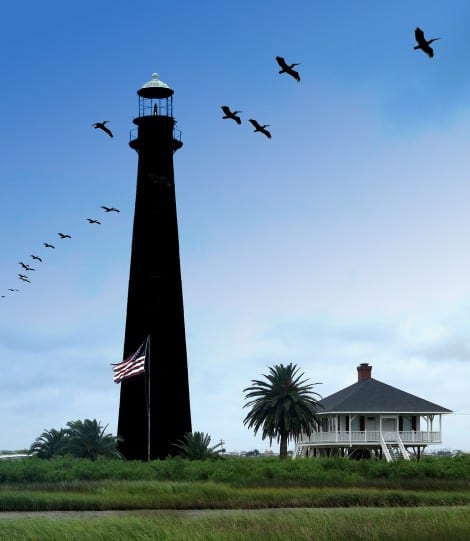
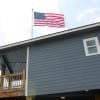 On Saturday, April 25, the ribbon was cut to officially open and dedicate the Lone Survivor Crystal Beach Retreat Facility. After nearly a year of construction, the facility is complete and the Foundation is ready to begin retreats.
On Saturday, April 25, the ribbon was cut to officially open and dedicate the Lone Survivor Crystal Beach Retreat Facility. After nearly a year of construction, the facility is complete and the Foundation is ready to begin retreats.
 By Cindy Clay Srader
By Cindy Clay Srader


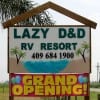
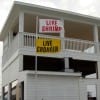 by Nelva Toups Maxey
by Nelva Toups Maxey
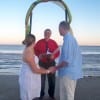
 You couldn’t have asked for a more beautiful day. Saturday, Michael (from LaPorte) and Brittany (from Lucerne Valley, CA) tied the knot. This wonderful event was attended by 50+ friends and family. The wedding was held at A Sea Glass Estate, formerly known as Casa Blanca Bed & Breakfast. Pictured is the Groom escorting his Mother, Christy Newman (L) and the Mother of the Bride, Susan Speer. Also pictured,
You couldn’t have asked for a more beautiful day. Saturday, Michael (from LaPorte) and Brittany (from Lucerne Valley, CA) tied the knot. This wonderful event was attended by 50+ friends and family. The wedding was held at A Sea Glass Estate, formerly known as Casa Blanca Bed & Breakfast. Pictured is the Groom escorting his Mother, Christy Newman (L) and the Mother of the Bride, Susan Speer. Also pictured,